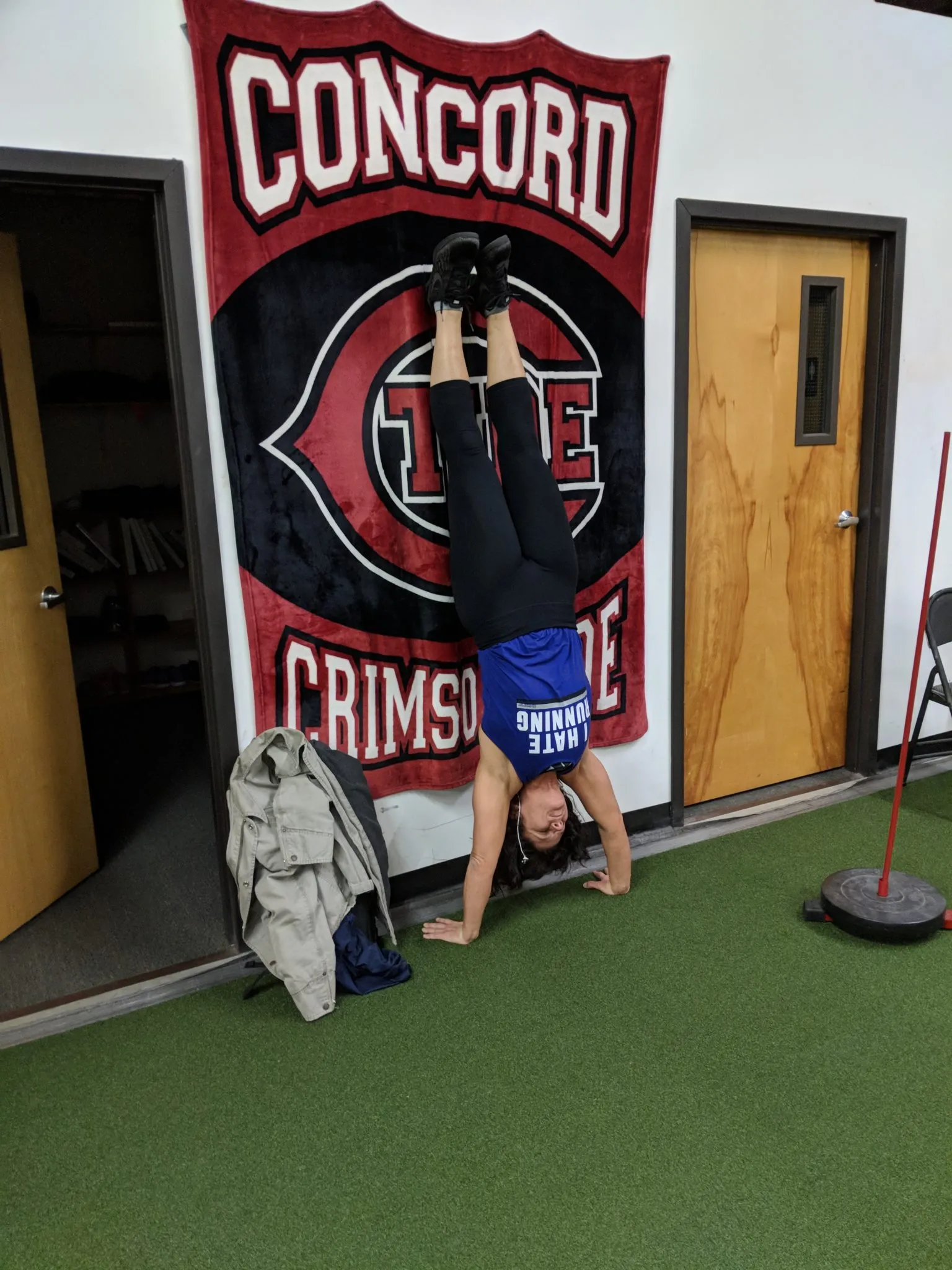There are hundreds, if not thousands of variables you can manipulate in training. Most commonly argued discussed on the internet are sets, reps, weight, etc…One variable that is easy to manipulate but often gets overlooked is tempo. Tempo refers to the speed at which a particular phase of an exercise is performed. When your muscles work to move your body and lift weights, they go through three phases:
- Eccentric: This is the “lowering” portion of an exercise. During this phase the muscle is yielding against the weight as it is lowered toward the Earth. The muscle is also elongating during this phase. Think of a bicep curl. As you lower the weight downward, your bicep is being extended and lengthening. This is the eccentric phase of the exercise.
- Concentric: This is the part of an exercise where the actual “lifting” occurs. Using our bicep curl example, this would be when you’re raising the weight upward away from the Earth. In this phase your muscle is contracting, hence the term “concentric.”
- Isometric: This is the brief pause between the eccentric and concentric phase. Usually this only lasts a fraction of a second, but for that brief moment, the force of the eccentric and concentric phases cancel each other out and the weight remains motionless.

A handstand is an isometric exercise. Just holding in a fixed position
Trainees of all levels often are very passive in the eccentric phase. Think of someone dropping quickly to the bottom of a squat, or bouncing a barbell off of their chest in a bench press. Focusing on the eccentric phase can be a way to unleash untapped strength gains. You’re much stronger (upwards of 20%) eccentrically than you are concentrically. Think about it: If you’ve ever seen someone go down into the bottom of a squat, and not be able to stand up, this concept becomes quite obvious. If they weren’t able to eccentrically control the weight, the barbell would have crushed them as soon as they unracked it. But they were able to lower the weight down with control, just not stand back up with it. If you’re passively going through your eccentric phase, you’re potentially missing out on huge strength gains. Enter Tempo Training.
The Benefits of Tempo Training
Assigning a specific tempo to a phase of a lift can have a lot of different benefits, and how long of a tempo and which phase you assign it to really depends on the goal of the training. Two of the more common applications are slow eccentric phases, and pauses during the isometric phase. If you’re 20% stronger in the eccentric phase than the concentric phase, that means even when you max out a lift, at best you’re working at 80% of your maximum eccentric strength. Slowing down the eccentric phase can help overload that portion of the lift, to elicit a greater adaptation from your muscle. Slow eccentric training is also excellent for improving an athlete’s reactionary speed. By building greater strength and control in the eccentric phase an athlete can better decelerate force. Think of the quick changes of direction that are needed in most team sports. In order to change direction quickly an athlete must rapidly absorb the momentum of the direction they were already moving and then go the other way.
Long pauses in the isometric portion of the lift can help an athlete get comfortable in certain positions, and also teach them how to brace properly. For example, occasionally athletes have a hard time going deep enough in a squat, or feel uncomfortable in a deep squat. Pause squats are great for remedying this. By spending more time in the bottom of a deep squat, an athlete will build more strength and confidence in that position. There are dozens of applications for tempo training, these are simply some of the more popular ones.
How to Read a Tempo Protocol
Tempo training aims to assign specific amounts of time to each phase to ensure specific parts of the muscle action is being trained. Tempo prescriptions are a sequence of four numbers, each signifying a specific amount of time for each phase. In the sequence the first number refers to the eccentric phase of the exercise. The second number refers to the isometric phase (the time between eccentric and concentric), the third number refers to the concentric phase of the exercise, and the final number refers to any time between reps. Here are some examples…
- BB Back Squat 4×3(70%) 4:3:0:2
- In this example, we are doing 4 sets of 3 with 70% of our max, taking 4 seconds to squat down, pausing for 3 seconds in the bottom of the squat, and taking 2 seconds in between each rep. You may notice that the third number (the concentric phase) is a 0. When a 0 or and X is written, this implies no specific time for that phase, and as such should be done as quickly as possible.
- Pull-Up 5×5 3:4:5:0
- In this example the athlete would start from a dead hang position, then take 5 seconds to pull themselves upward, hold themselves over the bar for four seconds, then take three seconds to lower themselves down.
It’s important to note: It doesn’t matter if an exercise starts with an eccentric phase first (like squats) or the concentric phase first (like pull-ups) the protocol always lists the eccentric tempo first. It may seem more intuitive to put whichever muscle action happens fisrt in a given exercise as the first tempo, but that would be too confusing as you move from exercise to exercise. This way the tempo prescription will always be written the same regardless of which exercise it applies to. An easy way to think about this, is that most “pushing” exercises begin with the eccentric phase (squats, bench press, push-ups, lunges, etc…) while most “pulling” exercises start with the concentric phase (pull-ups, rows, deadlifts, hamstring curls, etc…). Watch the video below to get a general idea of how tempos work.
How to Time Tempo Lifts
The most common mistake I see people making with tempo work is “counting” the tempo rather than actually timing it. If you’re training alone, you don’t have much of a choice, but the best way to do it is with a training partner and a stop watch. Timing must begin when the exercise starts. As soon as you see someone’s knees unlock for a squat, start the stopwatch. Count aloud as each second ticks off, this will allow the athlete to time their tempo appropriately. This may take a little practice so you don’t arrive at the bottom of the squat too soon, or too late. When it comes to isometric holds, you do not need to count aloud for the athlete. Simply cuing them “up” or “go” when the time has been met is acceptable.
If you are training by yourself, use the addition of “one-thousand” or “Mississippi” at the end of each count, and always start your count on zero. If a tempo calls for a five second eccentric phase, it’s not a 5 count, but truly 5 seconds. When you start a stopwatch, the watch doesn’t start on 1, it starts on 0 and counts up to one. No one wants to be that guy on Instagram bragging about his slow eccentric squats, only to find they’re about a second and a half less than the time he said they were.
Putting it all Together
There are a few key things to remember with tempo training: The additional time under tension will cause greater fatigue. That means lighter weights must be used than compared to similar amounts of reps without the tempo. Because of the elongated time it takes to complete a set, you don’t want to do high rep sets either. Usually 5 reps per set is the highest you’ll see for tempo training, and even that many is rare. You also want to run a specific tempo for at least a few weeks. You’re not going to get much out of the training if you’re constantly changing the sets, reps, weight, and tempo each workout, unless the tempo is being changed in a linear fashion. For example it makes sense to increase the tempo by one second each session, as long as some of the other variables are staying the same such as reps, or weight.
You can add tempo training to almost any exercise, but in some situations it doesn’t really make sense. It’s common to see tempo training being added to the power lifts like squats and bench presses. They can be tricky with exercises like deadlifts, since the eccentric phase isn’t really considered part of the lift, and most people struggle to maintain proper positioning during a slow eccentric deadlift. In that instance, I like to use a tempo with a reduced range of motion. For example pulling a deadlift only to the knee, and then slowly lowering the bar back down to the ground. No matter the exercise, or the tempo prescribed, make sure you’re honest with yourself, and you know why you’re doing it!




